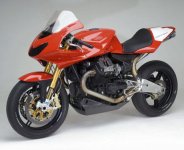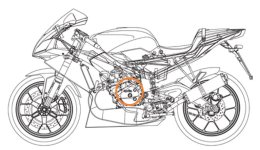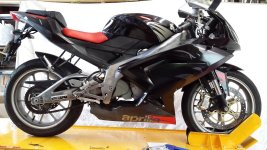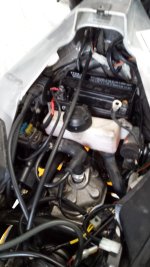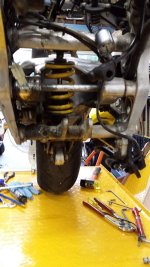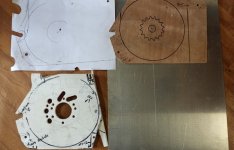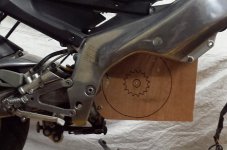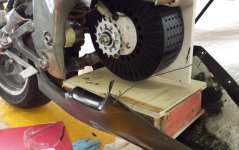Grinhill
10 kW
It's been a few years since I've documented a build on ES, but I think this one will be interesting.
Back in 2012, I got a learners permit for motorcycles. Its been an exciting step up from e-bikes which I have embraced enthusiastically. I have found that there is a wealth of knowledge in the ICE-powered motorcycle world, and I have been eagerly taking in as much as I could. I've also hung out with some of the electric motorcycle racing crowd in Australia, including a bit of part-time work at Catavolt. I now feel confident to take on my own motorcycle conversion.
Presently there are five motorcycles in my shed. One of them is an Enertrac-powered Kawasaki Ninja GPX250. I commenced that conversion around two years ago, I learnt a lot in that process but I've decided against getting it registered for road use. It will be used occasionally for demos and local EV gatherings.
View attachment 1
The Project
Donor: 2008 Aprilia RS125 – 2-stroke, 21 kW, 140 kg (308 lbs) wet weight.
Desired Outcome: Increased power, say 60 kW, weight only marginally higher than original say 145 kg, range not crucial, all equipment enclosed within original fairing, bolt-on only conversion as much as practicable.
Drive Train: Emrax Medium Voltage Combined air/liquid Cooling http://www.enstroj.si/Electric-products/emrax-228-motorsgen.html
Rinehart PM100DX Inverter
LiPo Battery Pack approx. 4.5 kWh
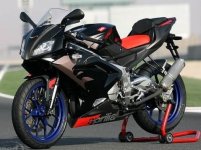
Back in 2012, I got a learners permit for motorcycles. Its been an exciting step up from e-bikes which I have embraced enthusiastically. I have found that there is a wealth of knowledge in the ICE-powered motorcycle world, and I have been eagerly taking in as much as I could. I've also hung out with some of the electric motorcycle racing crowd in Australia, including a bit of part-time work at Catavolt. I now feel confident to take on my own motorcycle conversion.
Presently there are five motorcycles in my shed. One of them is an Enertrac-powered Kawasaki Ninja GPX250. I commenced that conversion around two years ago, I learnt a lot in that process but I've decided against getting it registered for road use. It will be used occasionally for demos and local EV gatherings.
View attachment 1
The Project
Donor: 2008 Aprilia RS125 – 2-stroke, 21 kW, 140 kg (308 lbs) wet weight.
Desired Outcome: Increased power, say 60 kW, weight only marginally higher than original say 145 kg, range not crucial, all equipment enclosed within original fairing, bolt-on only conversion as much as practicable.
Drive Train: Emrax Medium Voltage Combined air/liquid Cooling http://www.enstroj.si/Electric-products/emrax-228-motorsgen.html
Rinehart PM100DX Inverter
LiPo Battery Pack approx. 4.5 kWh



